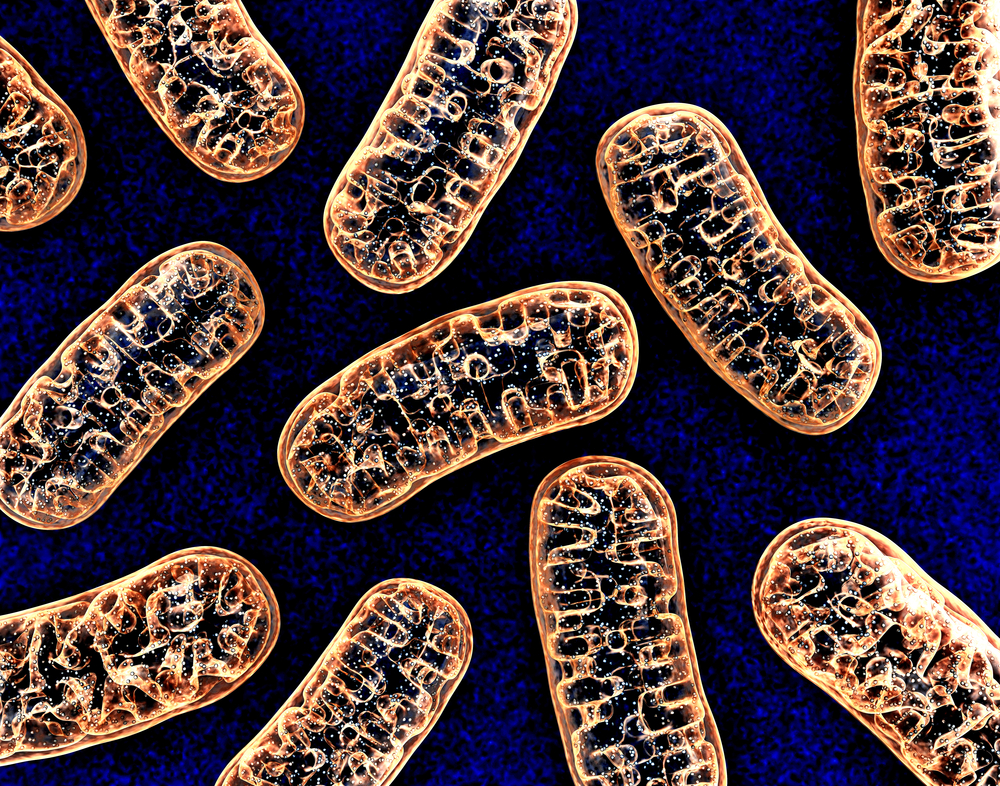Eating for Mitochondrial Health for CMT Patients: A Nutritionist’s View
Written by |

I recently caught up with my friend, Estela Lugo, who is an inspiring professional and mom living in New York City as well as a thriver living with Charcot-Marie-Tooth (CMT) disease. It’s almost impossible to believe when talking to her, but in our conversation, she shared with me that she struggles with fatigue, muscle cramps, increased sensitivity, and pins and needles.
As a registered dietitian, who strongly aligns with the philosophy that the health of organs, systems, and nutrition are linked, I know there are nutrition and lifestyle tweaks that can aid in enhancing the quality of life.
When it comes to nutrition, there is diet routine and diet content. Both are important when considering eating for energy, optimal cellular, protein metabolism, and maximum nutrient absorption.
Diet Routine
Recently, intermittent fasting, or what is known as food restriction, has been receiving some attention. In this article, the authors found that in a mouse model of CMT type 1 A, a five-month intermittent fasting regimen was “beneficial for peripheral nerve function … as it promotes the maintenance of locomotor performance.” It also “prevented the inflammatory aspects and degenerative changes associated with the neuropathy,” the researchers concluded.
Simply speaking, intermittent fasting supports decreased inflammation and an increase in the equanimity of nerve cells, including protection of nerve cells and degenerative changes, by giving the organelles and organs time to rest and recharge. By doing this, there is less chance of free radical metabolites resulting from daily diet and lifestyle activities.
This is important as CMT is associated with alterations in the DNA structure of the peripheral nerve cells influencing motor and sensory function potentially exacerbated by inflammation and stress.
Diet Content
Eating for the mitochondria is important and supports therapeutic treatment and lifestyle modifications. The mitochondria, also known from science class as the “powerhouse of the cell,” is essential for neurological and neuromuscular health.
The mitochondria are the digestive system of the cell. It is the part of the cell that regulates energy production. They synthesize proteins for their own use by breaking down macronutrients from the diet — proteins, fats, and carbohydrates. These proteins get allocated for specific functions within the body. Therefore, when there is a malfunction in the mitochondria, it affects the entire body. Fatigue, one of the main symptoms of individuals with CMT, can be a side effect of poor mitochondrial functioning.
Alterations in mitochondria function affect everything from energy levels and nutrient optimization to oxidative stress and its effect on overall health.
As a general rule, when it comes to eating for the mitochondria to protect the health and function of the cell, diversity is key.
- Eating the colors of the rainbow ensure you will be getting plenty of antioxidants.
- A ketogenic-style diet has been shown to decrease free radicals and possible inflammation affecting the nervous system. The best foods include almonds, apricots, asparagus, avocado, bananas, beets, carrots, grapefruit, grapes, guava, kale, onions, oranges, pecans, pumpkin, quinoa, rutabaga, spinach, strawberries, tomatoes, and watermelon.
- Foods rich in omega fatty acids especially alpha-linolenic acid. These include beets, broccoli, Brussels sprouts, carrots, and organ meats.
- B vitamins from nuts meats and seeds. Excess vitamin B supplementation should be carefully monitored by a medical professional.
- Green tea is a powerful antioxidant; one of its most active ingredients — epigallocatechin-3-gallate — protects against oxidative stress and free radical damage.
- Foods with selenium and zinc in moderation. Excessive intake of these nutrients may contribute to oxidative stress more than aid in alleviating it. Examples with selenium include brazil nuts, poultry and tuna; those with zinc include pumpkin seeds, oysters, and adzuki beans.
- Foods high in coenzyme Q10 including broccoli, cauliflower, fish, lentils, meats, organ meats, sesame seeds, soybeans, spinach, and strawberries.
Estela shared with me that she has been adapting and including these diet strategies into her life with improved results. She reports increased energy, decreased brain fog, and a general enthusiasm for life. For those living with CMT and looking to include therapeutic nutrition to support the organs, enzymes, and proteins needed to improve quality of life, this list is a great place to start.
***
 Alana Kessler, MS, RD, CDN, E-RYT, is a registered dietitian, nutritionist, weight management expert, and an accredited member of the CDR (Commission on Dietetic Registration) and the American Dietetic Association. She is also a yoga and meditation teacher, Ayurveda specialist, and the founder of the New York City-based fully integrated mind, body, and spirit urban sanctuary, BE WELL. Alana’s BE WELL ARC System and Method Mapping technique is a holistic multi-disciplinary approach to health and wellness that blends Eastern and clinical Western diet and lifestyle support to effect long-lasting behavior change.
Alana Kessler, MS, RD, CDN, E-RYT, is a registered dietitian, nutritionist, weight management expert, and an accredited member of the CDR (Commission on Dietetic Registration) and the American Dietetic Association. She is also a yoga and meditation teacher, Ayurveda specialist, and the founder of the New York City-based fully integrated mind, body, and spirit urban sanctuary, BE WELL. Alana’s BE WELL ARC System and Method Mapping technique is a holistic multi-disciplinary approach to health and wellness that blends Eastern and clinical Western diet and lifestyle support to effect long-lasting behavior change.
A graduate of NYU with a BA and MS in clinical nutrition, Alana is dedicated to helping others learn how to nourish themselves, create balance, and understand their true nature through nutrition, yoga, and inner wellness. She leads Yin Yoga workshops and trainings as well as wellness retreats at international locations. Her health, fitness, and lifestyle expertise has been featured in Aaptiv.com, Droz.com, EatThis.com, RD.com, Redbook, WomensHealthmag.com, and Vogue. For more information, visit her website at bewellbyak.com.




